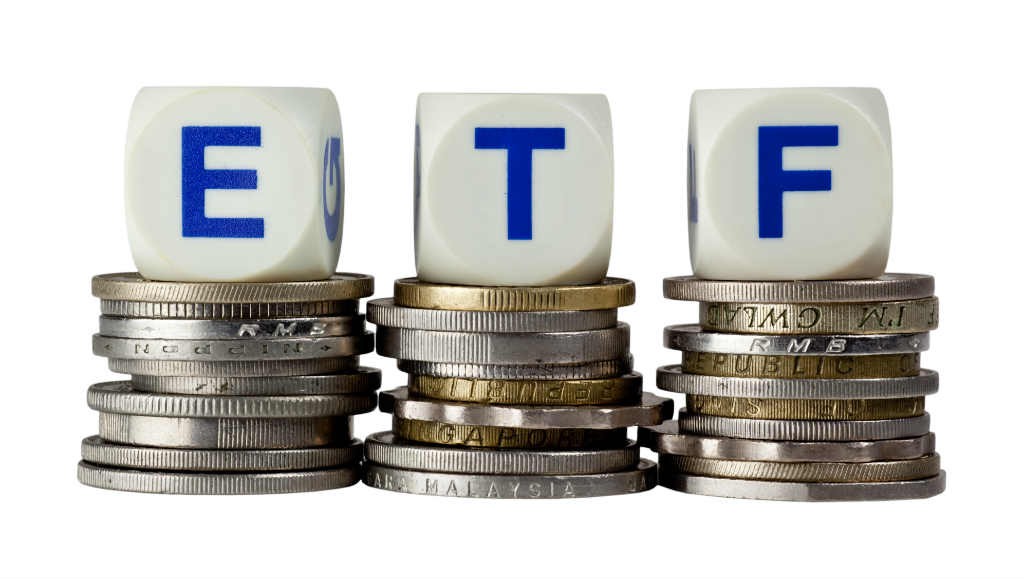How to Build an AllETF Portfolio
Post on: 15 Апрель, 2015 No Comment

July 20th at 4:25pm by Tom Lydon
So, youve decided to switch your practice over to exchange traded funds (ETFs). Good choice! Butnow what?
After youve determined what your investment strategy will be, youve got to get to work on picking ETFs that will be suitable for your clients. There are more than 900 ETFs trading today, which means that there are several sectors, asset classes and global regions that have multiple choices available. How can you be sure that youre making the best decision?
We have several tips for you on building an ETF portfolio and our research tools will make finding this information a snap.
The Basics of Portfolio Building
Think about your clients goals. Building a portfolio based on a short-term or long-term outlook will determine the type of risks you and your clients will be comfortable with.
The classic portfolio combination would include a good mixture of equities and bonds. With the diverse selection of ETFs now available, it shouldn’t be hard to hone in on an equity- or bond-related ETF that would mix well with your portfolio design. For instance, if you’re looking for a stock-to-bond ratio, there are total stock market ETFs available, along with more specialized themes like developed or emerging markets, and a plethora of bonds or fixed-income ETFs, again, along with their own specialized themes.
Another good point to keep in the back of your mind is to review and rebalance your portfolio at regular intervals. We have alert tools that will remind you to do this at times you determine.
If done correctly, ETFs can help form a well-rounded portfolio that covers the total market with relatively low expenses and little tax issues while keeping things simple. Lets talk about things to look for when youre choosing ETFs.
Putting ETFs to Work
Though ETFs act like index funds, they are traded like stocks. This means that an investor is capable of more trading options since ETFs are traded throughout the trading day, with all the quirks and benefits trading stocks may offer like shorting or placing limit orders. Trading ETFs like stocks, on the other hand, does come with commission fees every time an order is placed in most instances, so keep that in mind.
Here are a few general things to look for:
- Identify the asset class. By using the ETF Analyzer. you can find all ETFs in a given sector, asset class or global region.
- Assets. What are the assets in an ETF? A general benchmark to use is somewhere in the $100 million range. The more assets, the more liquidity a fund has. Our ETF Analyzer allows you to sort ETFs by asset.
- Trading volume. How high is it? Are people trading it? If no one is trading it, you could have trouble unloading it when it’s time to do so. Using the ETF Analyzer. you can sort funds by volume and average trading volume.
- Cost. While small fees may not seem like much, they do add up over time. ETFs are on average cheaper than mutual funds, but that doesnt mean theyre all cheap. Use our ETF Analyzer to sort by expense ratio to see if youre getting a good deal.
- Diversification. Does it diversify your portfolio? For example, if you owned both United States Oil (NYSEArca: USO ) and Market Vectors Russia (NYSEArca: RSX ). you could wind up with more exposure to oil than you had intended. You can use our ETF Resume to find the holdings and composition of any ETF.
- More diversification. Also be sure that the ETF is diversified at a level that youre comfortable with. Some funds have small weightings in lots of holdings while others give 50% of the funds weight to the top three names. You can find the weighting of all holdings on the ETF Resume .
- Unique issues. Make sure that you understand the ETFs youre considering. For example, know that with physically-backed commodity ETFs, there are certain tax consequences. Leveraged and inverse ETFs need to be closely monitored. ETFs with futures contracts generate K-1s. Know these things to avoid unpleasant surprises for your clients. You can find the prospectus for any ETF on the ETF Resume .
Once youve chosen a few ETFs, you can start building a portfolio by going to the Analyzer and using the check boxes to add ETFs to your portfolio. You can also do this from the Dashboard .
If youre not ready to add an ETF into a portfolio and youd rather watch it first, you can also add funds to your Watchlist through either the Analyzer or the Dashboard !
If youd rather not go through the work of portfolio building, we also have a number of model portfolios already created. They suit a number of objectives, situations and types of markets. When you click on any portfolio. there are tabs explaining who its for, the design goals, a portfoliograph, ETFs held in the portfolio and expenses and performance.
The opinions and forecasts expressed herein are solely those of Tom Lydon, and may not actually come to pass. Information on this site should not be used or construed as an offer to sell, a solicitation of an offer to buy, or a recommendation for any product.














